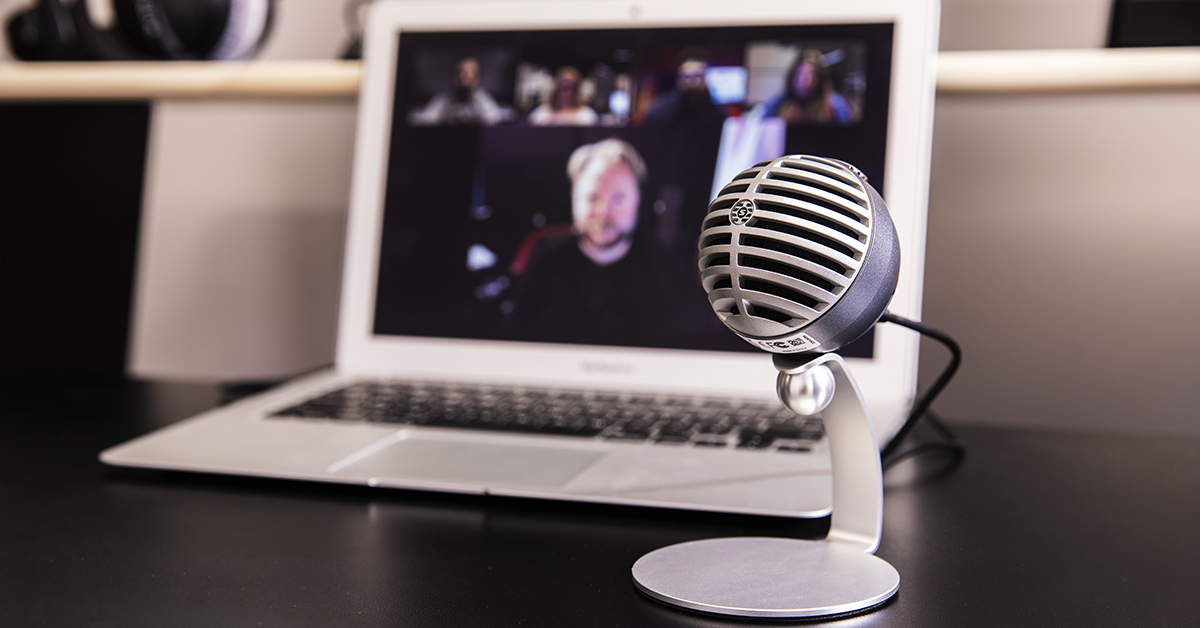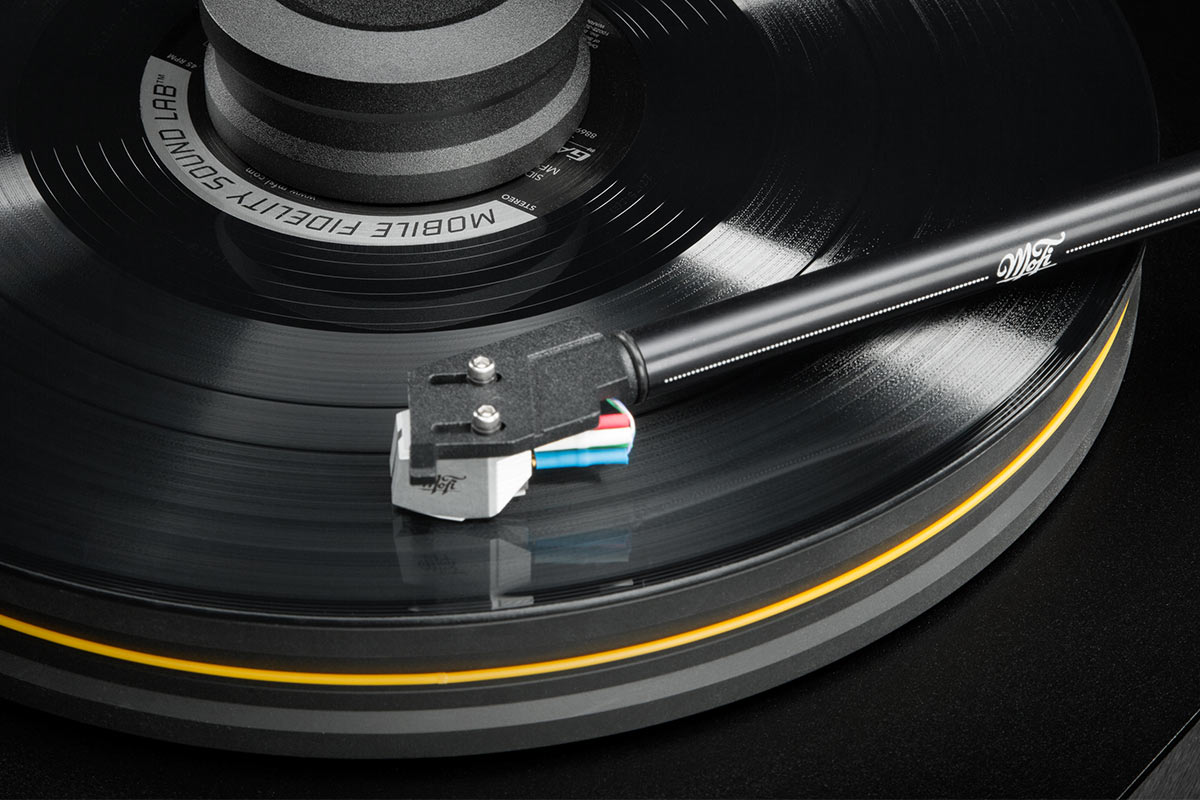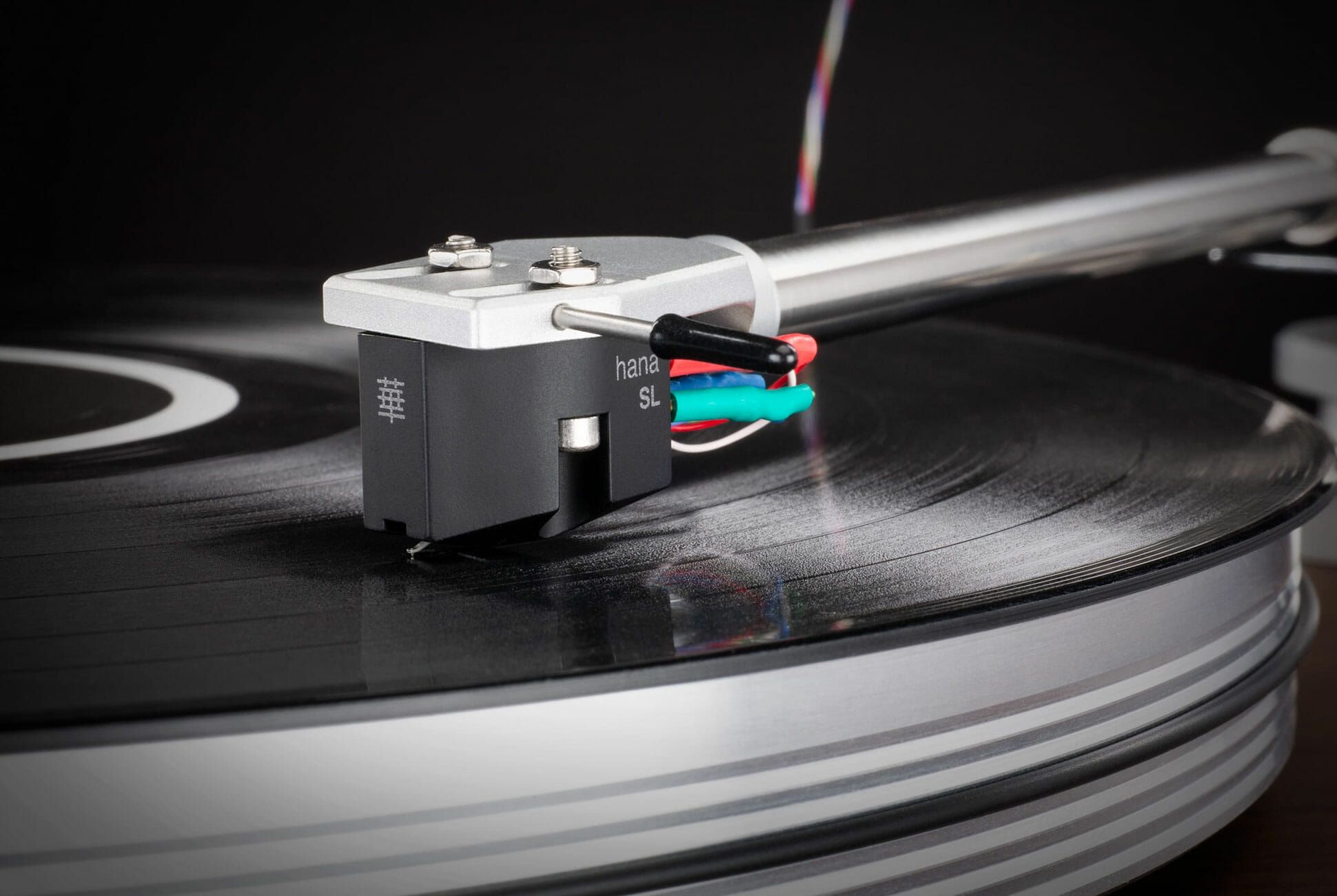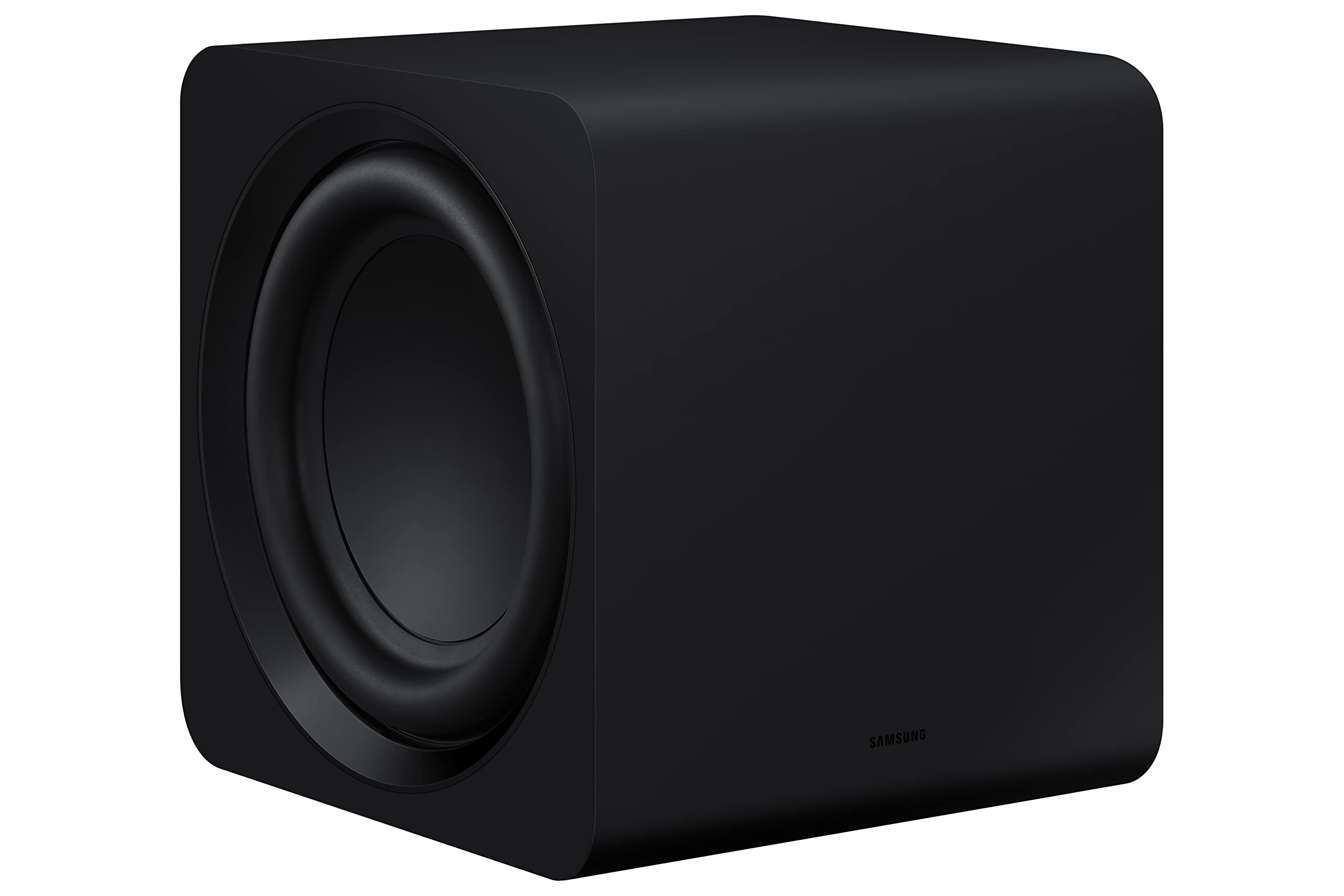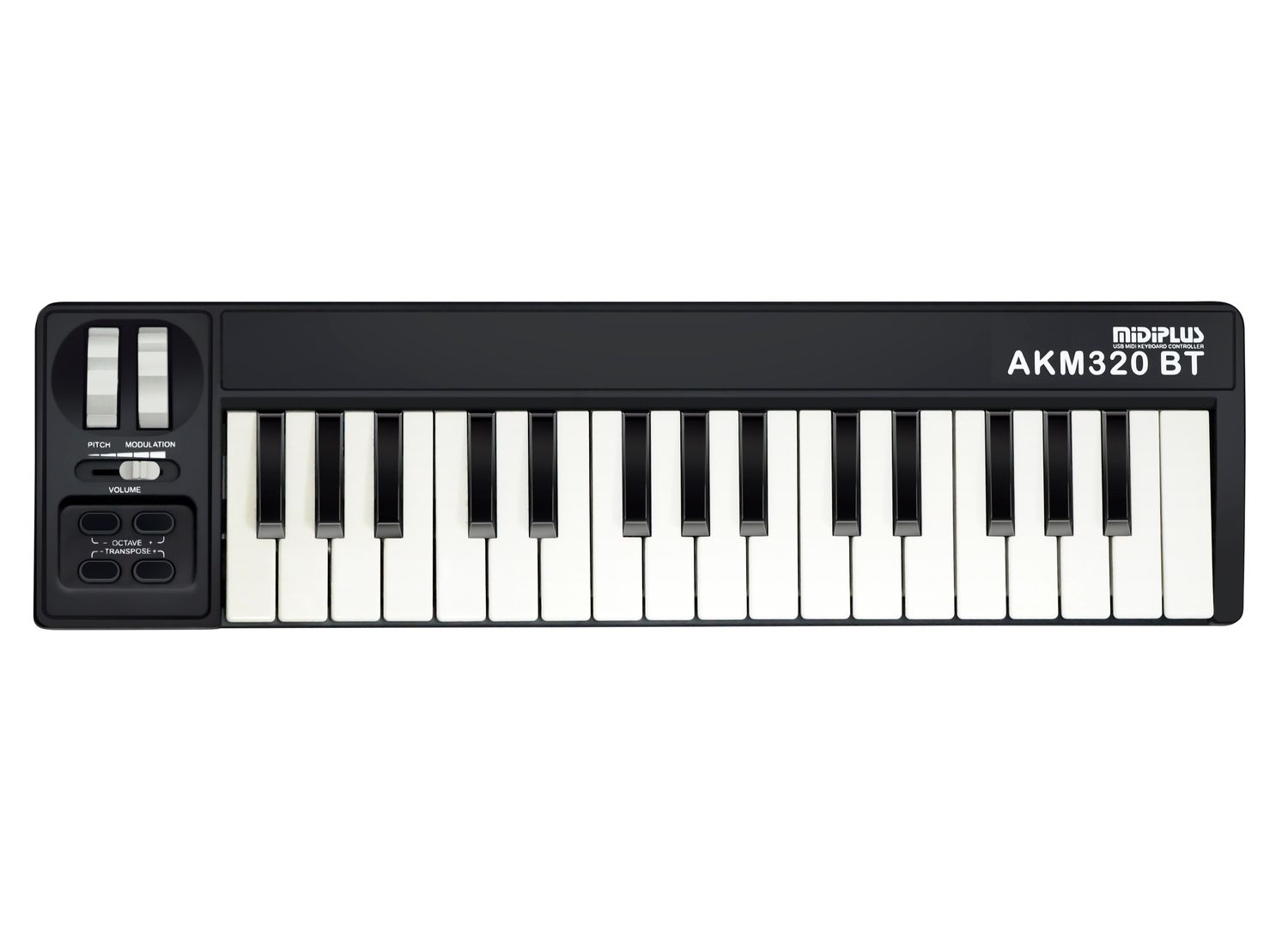Home>Devices & Equipment>Turntable>Why Is My Turntable Not Spinning
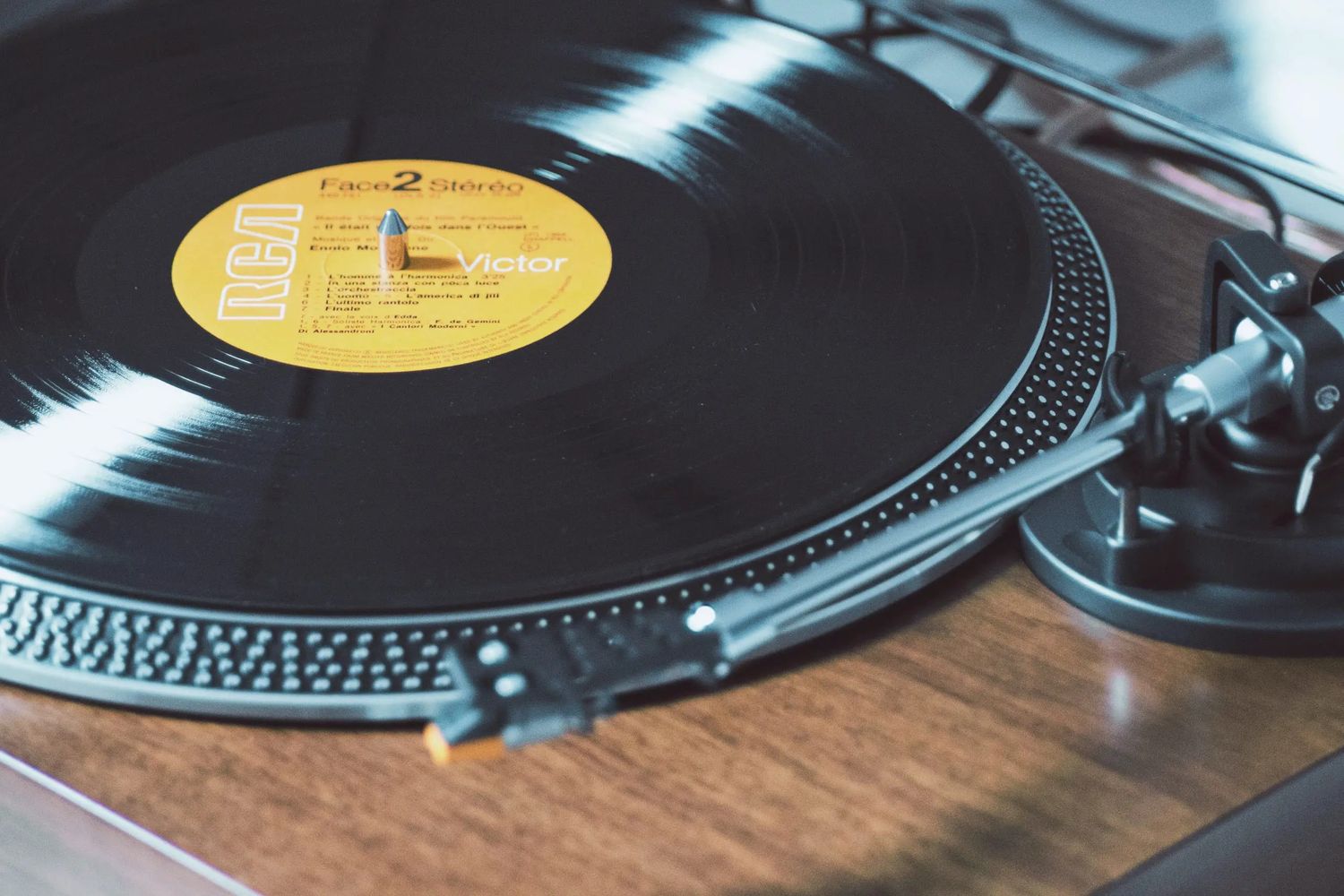

Turntable
Why Is My Turntable Not Spinning
Published: January 18, 2024
Having trouble with your turntable not spinning? Find out the possible reasons and learn how to troubleshoot and fix the issue in our comprehensive guide.
(Many of the links in this article redirect to a specific reviewed product. Your purchase of these products through affiliate links helps to generate commission for AudioLover.com, at no extra cost. Learn more)
Table of Contents
Introduction
Welcome to the world of turntables, where the warm sound of vinyl fills the air and transport you back in time. But what happens when your beloved turntable refuses to spin? It can be quite frustrating, especially when you’re eager to enjoy your favorite records. However, don’t worry, as there are several common reasons why a turntable may fail to spin and solutions to get it back in working order.
A turntable consists of several crucial components, including the power supply, drive belt, motor, platter, tonearm, and cartridge. Any malfunction in these parts can lead to a spinning issue. Before you panic and assume the worst, it’s important to perform some troubleshooting steps to identify and potentially fix the problem yourself.
In this article, we will explore the common causes of a turntable not spinning and provide step-by-step solutions to get your vinyl spinning once again. Whether you’re a seasoned vinyl enthusiast or a newcomer to the world of turntables, this guide will help you troubleshoot and rectify the issue, saving you time and money in the process.
So, without further ado, let’s dive into the possible causes and solutions for a non-spinning turntable.
Check the Power Supply
When your turntable refuses to spin, the first thing you should check is the power supply. It may seem obvious, but sometimes the simplest solution is the most overlooked. Here are a few steps to help you identify and resolve any power-related issues:
- Verify the power cord: Ensure that the power cord is securely connected to both the turntable and the power outlet. Sometimes, a loose or faulty connection can prevent the turntable from receiving power. If the power cord appears frayed or damaged, it may need to be replaced.
- Check the power outlet: Plug another electronic device into the same power outlet to confirm that it is functioning properly. If the device works, then the issue lies with the turntable. If not, you may need to troubleshoot the power outlet or consult an electrician.
- Inspect the power switch: Ensure that the power switch is turned on. It may seem like a trivial step, but sometimes the switch can accidentally be flipped off without realizing it.
- Try a different power source: If none of the above steps solve the issue, try plugging the turntable into a different power source. This will help determine if the problem lies with the original power outlet or the turntable itself.
By following these steps, you can eliminate any power-related issues and ensure that your turntable is receiving the necessary power supply to function properly. If the turntable still does not spin after checking the power supply, it’s time to move on to the next troubleshooting step.
Inspect the Drive Belt
The drive belt is a crucial component in a turntable that connects the motor to the platter and enables it to spin. Over time, the drive belt can become stretched, worn out, or even detached, causing the turntable to stop spinning. Here’s how you can inspect and address any issues with the drive belt:
- Locate the drive belt: Refer to your turntable’s instruction manual to find the drive belt and its placement. In most cases, you may need to remove the platter to access the drive belt.
- Inspect the drive belt for damage: Carefully examine the drive belt for any signs of wear and tear, such as fraying, cracks, or stretching. If you notice any significant damage, it is recommended to replace the drive belt with a new one.
- Check the tension of the drive belt: A loose or excessively tight drive belt can also cause issues with the turntable’s spinning. The belt should have a moderate tension, allowing it to grip the motor pulley and the platter properly. If the belt is too loose, it will slip, and if it’s too tight, it may strain the motor or cause the platter to rotate unevenly.
- Reposition or reinstall the drive belt: If the drive belt is properly tensioned and not damaged, it’s possible that it may have slipped out of position or becomes dislodged. In such cases, carefully reposition or reinstall the drive belt according to the manufacturer’s instructions.
By inspecting and addressing any issues with the drive belt, you can restore the proper functioning of your turntable and ensure a smooth spinning motion. If the drive belt is in good condition and properly positioned, but the turntable still does not spin, it’s time to move on to the next troubleshooting step.
Examine the Motor
The motor is the heart of a turntable, responsible for spinning the platter and playing your vinyl records. If the motor is malfunctioning or not receiving power, the turntable will not spin. Here’s how you can examine and address any issues with the motor:
- Check for motor movement: Turn on the turntable and listen for any motor sounds or vibrations. If you don’t hear anything or notice any movement, it could indicate a problem with the motor. However, keep in mind that some turntables have silent motors, so consult your instruction manual to determine if this is the case.
- Inspect the motor connections: Ensure that all the connections to the motor are secure and in good condition. Loose or damaged connections can disrupt the power supply to the motor, resulting in a non-spinning turntable. If you notice any loose or damaged cables, consider replacing them or seeking professional assistance.
- Check for motor belt issues: Some turntables have a motor belt that connects the motor to the platter. If this belt is damaged, stretched, or broken, it can prevent the motor from spinning the platter. Examine the motor belt for any signs of wear or damage and replace it if necessary.
- Clean the motor: Dust or debris can accumulate on the motor and interfere with its proper operation. Use a soft, lint-free cloth or a small brush to gently clean the motor, removing any dirt or debris that may be affecting its performance. Be cautious not to apply excessive force or use liquids near the motor.
By examining the motor and addressing any issues, you can restore the spinning functionality of your turntable. If the motor appears to be functioning properly, but the turntable still does not spin, it’s time to move on to the next troubleshooting step.
Verify the Platter Alignment
The alignment of the platter is vital for the smooth spinning of a turntable. If the platter is not properly aligned, it can cause the turntable to struggle or completely fail to spin. Here’s how you can verify and adjust the platter alignment:
- Remove the platter: Consult your turntable’s manual to learn how to safely remove the platter. Typically, you’ll need to lift it straight up or unscrew it from the turntable base.
- Inspect the platter spindle: Examine the spindle on which the platter sits. It should be clean, straight, and free from any obstructions. If you notice any dirt, debris, or misalignment, clean the spindle carefully and realign it.
- Align the platter: Place the platter back onto the turntable base, ensuring that it sits flush and level. Some turntables have alignment marks or indicators to assist in proper alignment. Use these references, if available, to align the platter accurately.
- Check for wobbling: Spin the platter manually and observe if it wobbles or tilts unevenly. A wobbling platter can cause issues with the turntable’s spinning. If the platter is not level or stable, make adjustments as necessary to achieve proper alignment.
- Secure the platter: Once you are satisfied with the platter alignment, secure it according to your turntable’s instructions. This may involve screwing it back into place or locking it in position.
By verifying and adjusting the platter alignment, you can ensure that it rotates smoothly and allows your turntable to spin properly. If the platter alignment appears to be correct, but the turntable still does not spin, let’s move on to the next troubleshooting step.
Clean the Turntable
A dirty turntable can cause various issues, including a spinning problem. Dust, dirt, and debris can accumulate on the turntable’s surface, affecting its performance and causing it to jam. Here’s how you can clean your turntable to ensure smooth and uninterrupted spinning:
- Power off the turntable: Before cleaning, make sure to turn off and unplug the turntable to avoid any potential electric shock or damage.
- Remove the dust cover: If your turntable has a dust cover, lift it off and set it aside. It’s essential to clean both the turntable’s surface and the dust cover separately.
- Clean the turntable’s surface: Use a soft, anti-static brush or microfiber cloth to gently remove any loose dust or debris from the turntable’s surface. Be careful not to apply excessive pressure or scratch the surface.
- Clean the platter: Lift the platter off the turntable and clean it separately. Wipe it with a clean, dry cloth to remove any dirt or fingerprints. If the platter has stubborn stains or sticky residue, use a mild cleaning solution recommended by the turntable manufacturer.
- Clean the tonearm and stylus: Use a stylus brush or cleaning solution specifically designed for turntable cartridges to clean the stylus. Gently brush away any dust or debris from the stylus tip to ensure optimal performance.
- Reassemble and power on: Once everything is clean and dry, reassemble the turntable, including the platter and dust cover. Then, plug in and power on the turntable to see if the cleaning has resolved the spinning issue.
Regular cleaning not only helps to maintain the performance and longevity of your turntable but also ensures optimal spinning capabilities. If cleaning the turntable does not resolve the spinning problem, it’s time to explore further troubleshooting options.
Check the Tonearm and Cartridge
The tonearm and cartridge are essential components of a turntable that directly affect the spinning and playback of your vinyl records. If either of these components is misaligned or damaged, it can result in a non-spinning turntable. Here’s how you can check and address any issues with the tonearm and cartridge:
- Inspect the tonearm: Examine the tonearm for any visible signs of damage or misalignment. Look for bent or crooked parts, loose connections, or excessive wear. If you notice any issues, it may be necessary to seek professional assistance or replace the tonearm altogether.
- Check the cartridge installation: Ensure that the cartridge is securely installed and aligned correctly in the tonearm. A loose or misaligned cartridge can affect the tracking and cause the turntable to fail to spin. Refer to your turntable’s instruction manual for specific guidance on cartridge installation and alignment.
- Inspect the stylus: The stylus, or needle, is a crucial component of the cartridge that makes contact with the record grooves. Inspect the stylus for any visible damage or wear. Bent or broken styli need to be replaced, while dirty or worn styli may require cleaning or replacement depending on the specific type.
- Ensure proper tracking force: Check the tracking force, which is the downward pressure exerted by the tonearm on the record. Proper tracking force is essential for optimal performance and preventing skipping or dragging. Refer to your turntable’s manual or consult a professional to ensure that the tracking force is set correctly.
By checking and addressing any issues with the tonearm and cartridge, you can optimize the spinning capabilities of your turntable and ensure accurate playback of your vinyl records. If the tonearm and cartridge are in proper working condition, but the turntable still does not spin, it’s time to explore other troubleshooting avenues.
Consult the Instruction Manual
When all else fails and your turntable is still not spinning, it’s time to consult the instruction manual that came with your particular model. The instruction manual is a valuable resource that provides specific guidance and troubleshooting steps tailored to your turntable. Here’s how consulting the instruction manual can help:
- Locate the instruction manual: If you have misplaced or lost the instruction manual, check the manufacturer’s website or online databases for a digital copy. Many turntable manufacturers provide manuals as downloadable PDFs.
- Follow troubleshooting steps: The instruction manual typically includes a troubleshooting section that lists common issues and provides step-by-step instructions for resolving them. Carefully read through the troubleshooting steps, following them precisely.
- Look for specific turntable features: Every turntable model has its own unique features and mechanisms. The instruction manual can help you understand these features and how they impact the spinning function. Look for specific instructions related to your turntable’s design.
- Find contact information: If you have exhausted all troubleshooting options and the turntable still refuses to spin, the instruction manual will usually provide contact information for customer support or technical assistance. Reach out to the manufacturer for further guidance and potential repair options.
The instruction manual is a valuable tool for troubleshooting and understanding your turntable’s specific functionality. It may contain information and solutions that are not covered in general troubleshooting guides. Take the time to carefully review the instruction manual to thoroughly address any spinning issues.
If consulting the instruction manual does not resolve the problem or you are unable to locate it, don’t worry. There are further steps you can take before seeking professional assistance.
Seek Professional Assistance if Needed
If you have diligently followed the troubleshooting steps and your turntable still refuses to spin, it may be time to seek professional assistance. Some issues may require specialized knowledge or tools that are best handled by experienced technicians. Here’s what you can do to find professional help:
- Check for warranty: If your turntable is still under warranty, contact the manufacturer or authorized service center to inquire about repairs or replacements. Warranty coverage may vary, so be sure to have the necessary documentation and proof of purchase.
- Research local repair services: Look for reputable turntable repair services or audio equipment technicians in your area. Read reviews, ask for recommendations from fellow vinyl enthusiasts, and choose a service provider with a proven track record in turntable repair.
- Provide detailed information: When contacting a professional, provide them with as much information as possible about the issue you’re facing, the make and model of your turntable, and the troubleshooting steps you have already taken. Clear communication ensures that they can diagnose the problem accurately.
- Consider the cost: Depending on the issue and the extent of repairs needed, professional assistance may involve an associated cost. Discuss the estimated cost with the repair technician before proceeding to ensure that it aligns with your expectations and budget.
- Follow their recommendations: Once you’ve found a reputable repair service, follow their recommendations for repair or replacement. They have the expertise to identify and resolve complex turntable issues that may be beyond your capabilities.
Remember, seeking professional assistance does not mean you’ve failed in your troubleshooting efforts. Turntables can be intricate pieces of equipment, and sometimes it takes an expert to diagnose and fix the problem correctly. By reaching out to professionals, you increase the chances of having your turntable working perfectly once again.
Now that you have explored the various troubleshooting steps and options, you are equipped with the knowledge to tackle a non-spinning turntable. Whether it’s a simple fix or requires professional assistance, rest assured that you’re on the right path to getting your vinyl spinning and enjoying the rich sound of your favorite records once again.
Conclusion
A non-spinning turntable can be a frustrating experience for any vinyl enthusiast. However, by following the troubleshooting steps outlined in this guide, you have taken the necessary steps to identify and resolve the issue. From checking the power supply, inspecting the drive belt, examining the motor, verifying the platter alignment, cleaning the turntable, checking the tonearm and cartridge, consulting the instruction manual, to seeking professional assistance when needed, you have explored various potential causes and solutions.
Throughout the troubleshooting process, remember to approach the task with patience and attention to detail. Many turntable issues can be resolved with simple adjustments or maintenance, allowing you to enjoy your vinyl collection to the fullest. However, if you have exhausted all your options or lack the experience or tools necessary, don’t hesitate to seek professional assistance.
By taking the time to understand your turntable, its components, and how they work together, you have empowered yourself to overcome spinning issues and keep your turntable in optimal condition. Remember to always consult your turntable’s instruction manual for specific guidance and recommendations.
So, whether you’re a seasoned audiophile or a beginner exploring the world of turntables, don’t let a non-spinning turntable dampen your enthusiasm. With a little troubleshooting, maintenance, and possibly professional assistance, you’ll be back to enjoying the warm, nostalgic sound of your vinyl records in no time.



